incredible India
There is hardly any mention of the area comprising present Uttar Pradesh in Vedic hymns. Even the sacred rivers, the Ganga and Yamuna, appear only on the distance horizon of the land of the Aryans. In the later Vedic age, the importance of Sapta Sindhu recedes and Brahmarshi Desh or Madhya Desh assumes significance. The region comprising Uttar Pradesh at that time became a holy place of India and foremost center of Vedic culture and knowledge.
The new States of Kuru-Panchal, Kashi and Kosal find mention in late-Vedic texts as prominent centers of Vedic culture. The people of Kuru-Panchat were regarded as the best representatives of Vedic culture. They enjoyed great respect as outstanding orators of Sanskrit. The conduct of schools and institutions by them was laudable. The life of their kinds was a model for other kings and their Brahmins were held in high esteem for their piety and scholarship. The Upanishads prominently mention the Panchal Parishad. The scholars from Kuru-Panchal were specially visited by the Videsh king on the occasion of Ashwamedh Yajna. The Panchal king Pravahan Jaivali himself was a great thinker who was praised even by Brahmin scholars like Shilik, Dalabhya, Shvetketu and his father Uddalak Aruni. Ajatshatru of Kashi was another great-philosopher king whose superiority was acknowledged by Brahmin scholars like Dripti, Valhaki, Gargya etc., Literature in various disciplines was authored on an extensive scale during this age culminating in the Upanishads. They signify the highest reach of human imagination. The Upanishad literature was the product of meditation in the Ashrams of the sages, several of which were in Uttar Pradesh, Eminent sages like Bharadwaj, Yajnavalkya, Vashishta, Valmiki and Atri have either their Ashrams here or were otherwise connected with this State. Some Aranyans and Upanishads were, in written in the Ashrams located in this State..jpg)

Embedded in the heart of India is Uttar Pradesh, a land where cultures have evolved and religions emerge. The greatness of Uttar Pradesh lies not only in this confluence, but also in the emergence of cultural and religious traditions along some of the greatest rivers in the Indian sub-continent – the Ganga and the Yamuna. Throughout history, great cities have emerged and established along great rivers. Within India, the Ganga and the Yamuna have nurtured a culture because of which religious faith, rituals, culture and intellectual enlightenment have evolved in places along the two rivers.
Exploring Uttar Pradesh along the mighty rivers takes the visitors on a magical trip. The Heritage Arc in Uttar Pradesh provides an opportunity to explore the state in all its glory. The Heritage Arc signifies heritage in terms of cultural, historical and natural aspects. Moving on this arc from one end of the state to the other, takes travellers through Agra region, Lucknow region and Varanasi region, with several exciting destinations along the way.
These regions define the quintessential Uttar Pradesh. The Arc takes travellers through a kaleidoscopic journey of monuments, architectural wonders, pilgrimage centres, spiritual experiences and wildlife. The Heritage Arc is a veritable treasure trove of sights to see and experiences and provides a close look at the celebration of life in this vast state.
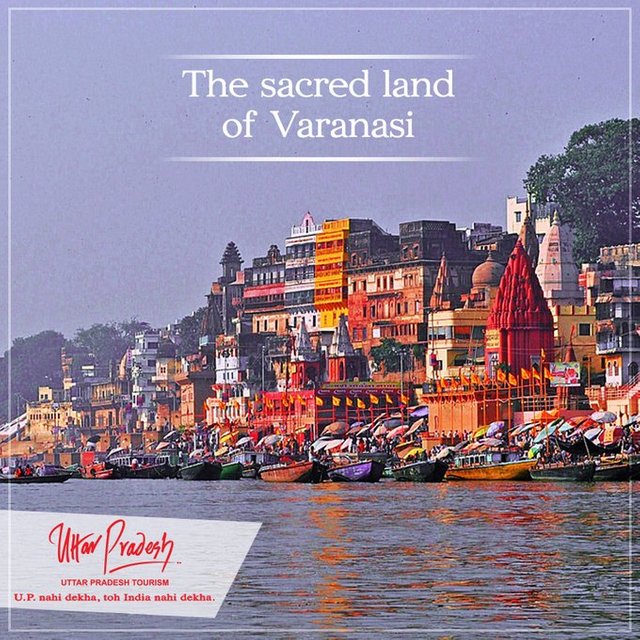
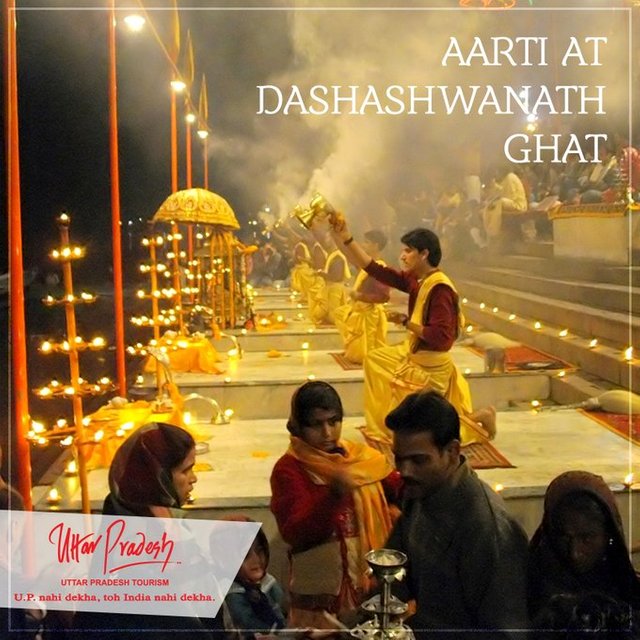
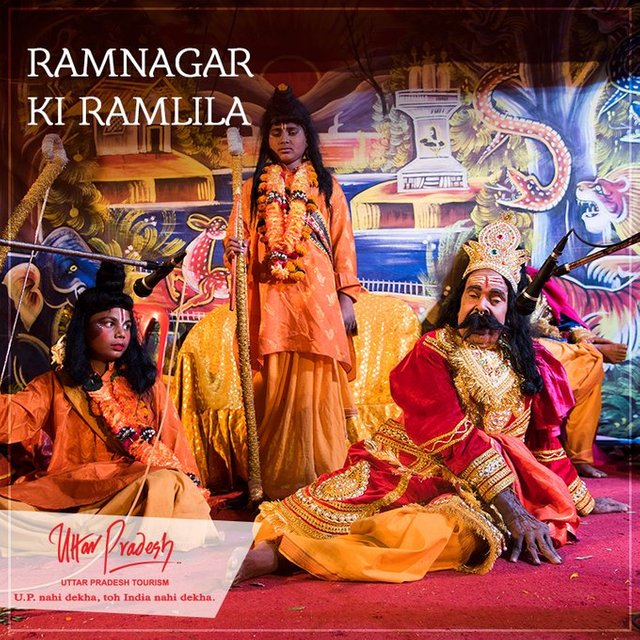
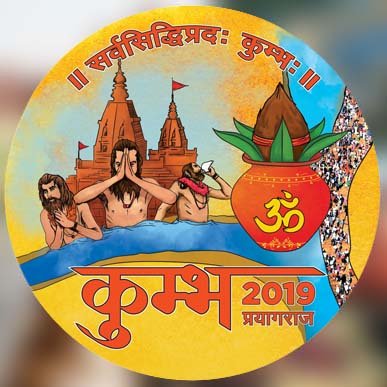
Uttar Pradesh in one of the most ancient cradles of Indian culture, while it is true that no Harappa and Mohan-Jodaro have been discovered in the State, the antiquities found in Banda (Bundelkhand), Mirzapur and Merrut link its history to early stone age and Harappan era. Chalk drawings or dark red drawings by primitive men are extensively found in the Vindhyan ranges of Mirzapur district.
Utensils of that age have also been discovered in Atranji-Khera, Kaushambi, Rajghat and Sonkh. Copper articles have been found in Kanpur, Unnao, Mirzapur, Mathura and some other districts. All these finds allude to a civilization prior to the advent of the Aryans in this State. It is most probable that snapped links between the Indus Valley and Vedic civilizations lie buried under the ruins of ancient sites found in this State.
Uttar Pradesh is the rainbow land where the multi-hued Indian Culture has blossomed from times immemorial. Blessed with a varaity of geographical land and many cultural diversities, Uttar Pradesh, has been the area of activity of historical heroes like - Rama, Krishna, Buddha, Mahavira, Ashoka, Harsha, Akbar and Mahatma Gandhi. Rich and tranquil expanses of meadows, perennial rivers, dense forestsand fertile soil of Uttar Pradesh have contributed numerous golden chapters to the annals of Indian History. Dotted with various holy shrines and piligrim places,full of joyous festivals, it plays an important role in the politics, education, culture, industry, agriculture and tourism of India.
Garlanded by the Ganga and Yamuna. The two pious rivers of Indian mythology, Uttar Pradesh is surrounded by Bihar in the East, Madhya Pradesh in the South, Rajasthan, Delhi, Himachal Pradesh and Haryana in the west and Uttaranchal in the north and Nepal touch the northern borders of Uttar Pradesh, it assumes strategic importance for Indian defence. Its area of 2,36,286 sq kms. lies between latitude 24 deg to 31 deg and longitude 77 deg to 84 deg East. Area wise it is the fourth largest State of India. In sheer magnitude it is half of the area of France, three times of Portugal, four times of Ireland, seven times of Switzerland, ten times of Belgium and a little bigger than England.
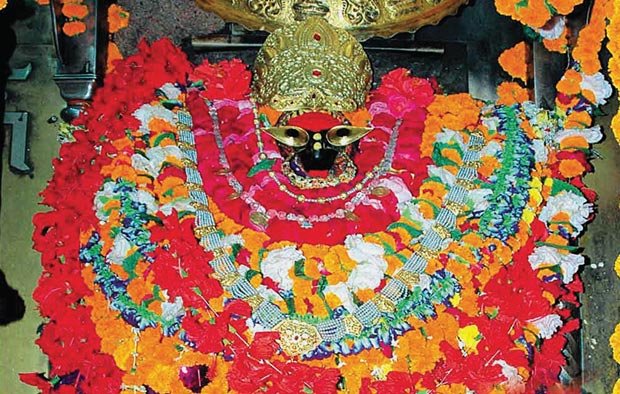
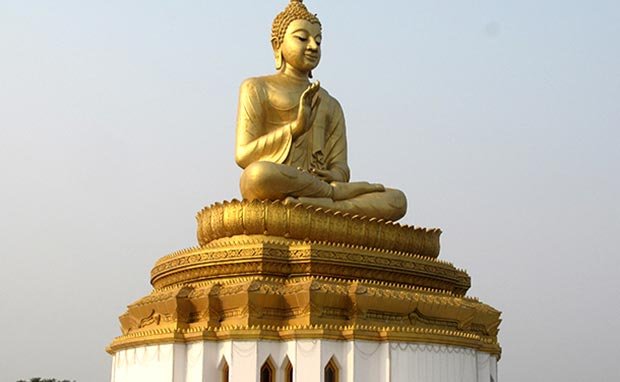
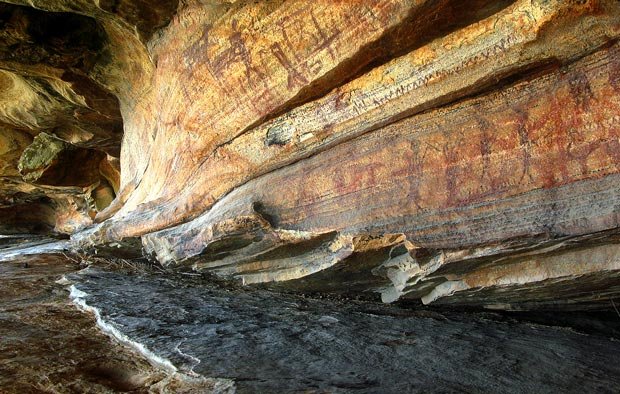
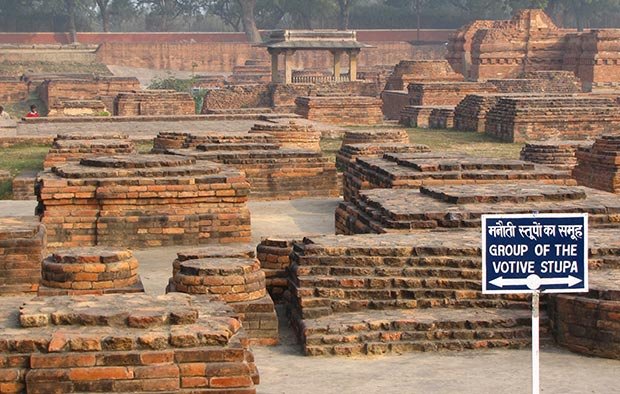
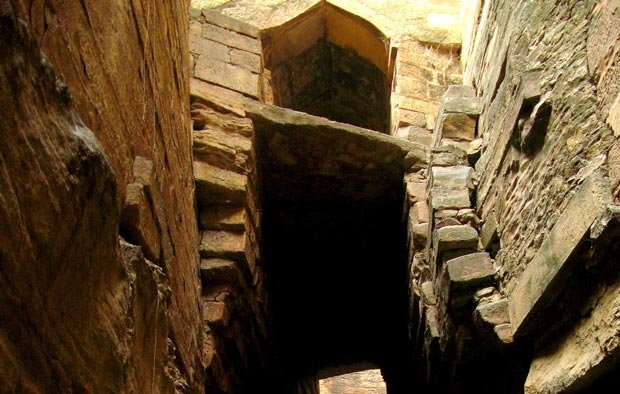
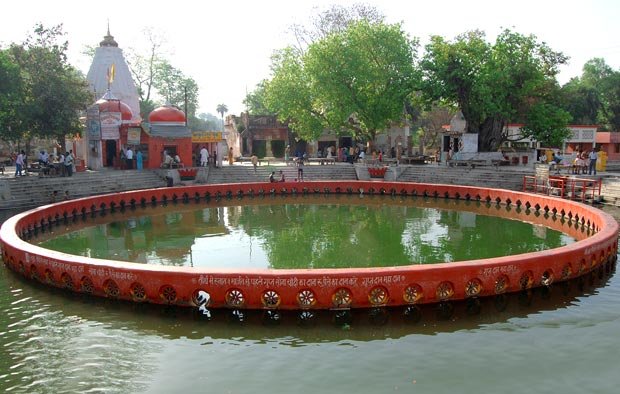

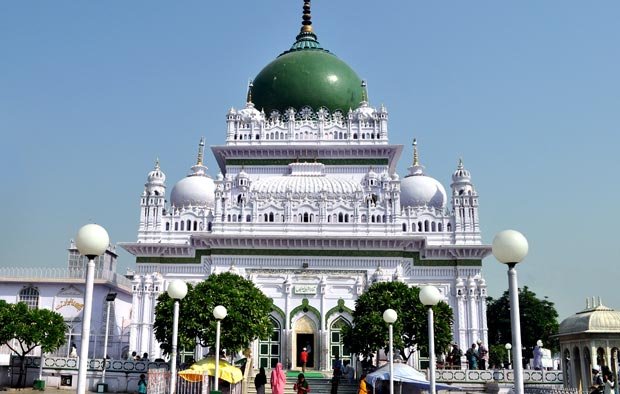
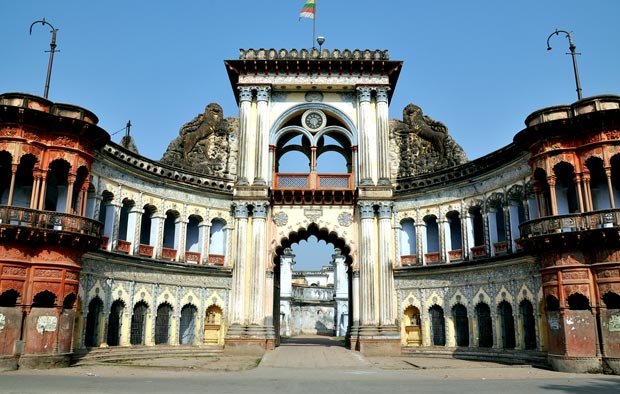
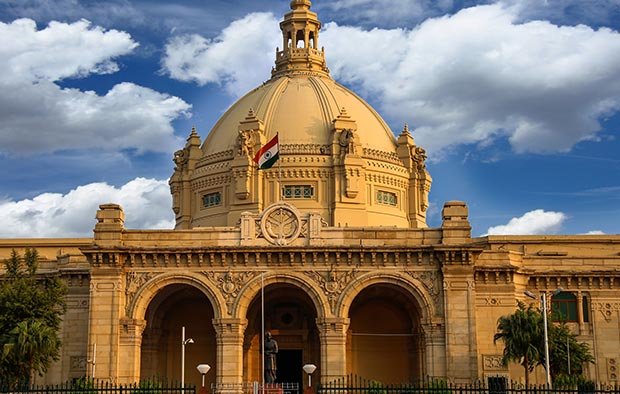
WELCOME TO GOVIND BALLABH PANT SOCIAL SCIENCE INSTITUTE
The Govind Ballabh Pant Social Science Institute became a Constituent Institute of the University of Allahabad on July 14, 2005, when the University of Allahabad Act, 2005 came into force. Established in 1980 as one in the network of Social Science Research Institutes, which Indian Council of Social Science Research (ICSSR) set up in association with the State Governments, in our case, the Government of Uttar Pradesh, the Institute entered privileges of the University of Allahabad in 2005. The Institute undertakes interdisciplinary research in the field of social sciences.
The main areas of research at the Institute include development planning and policy, environment, health and population, human development, rural development and management, culture, power and change, democracy and institutions.
The Institute has a doctoral programme in social sciences and a MBA Rural Development Programme. In both programmes the degree is awarded by the University of Allahabad.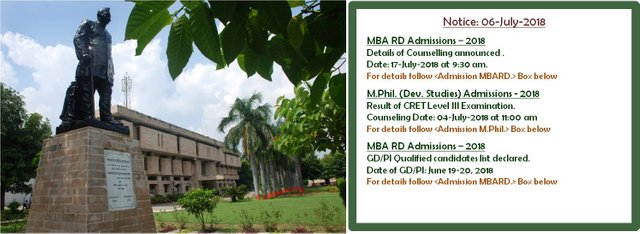
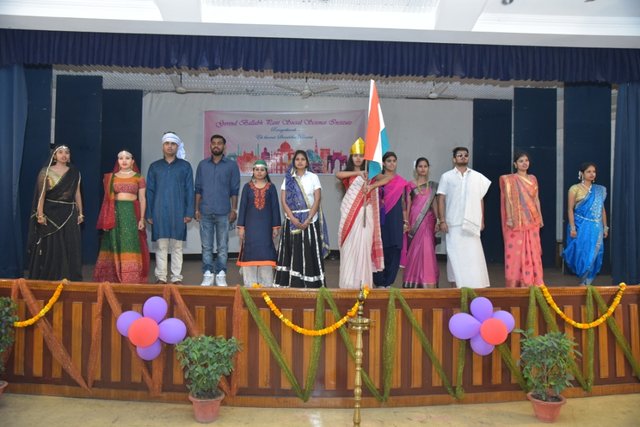

Education at IIT Kanpur empowers the students with a critical thinking led approach and knowledge in engineering, management and humanities fields to solve problems that challenge humanity. Know more...
With its first batch graduating in 1965, Department of Electrical Engineering at Indian Institute of Technology Kanpur has evolved with time and offers B.Tech, M.Tech, MS by Research and Ph.D. The UG curriculum provides strong base to the students in Electrical Engineering and provides exposure to the latest technologies. PG programme leads the students to work on interesting research problems in the following areas of specialization: Microelectronics & VLSI, Control & Automation, Power Engineering, Signal Processing, Communication & Networks, RF & Microwaves and Photonics.
The research interests of the faculty members encompass a wide gamut of sub-disciplines of Electrical Engineering. Collaboration with faculty members from other disciplines, both within and outside the institute, is encouraged. The research activity of the department includes fundamental research, sponsored and consultancy projects, and is carried out with active participation of the students, faculty, staff and research engineers.
Aligarh Muslim University Accredited by NAAC in 'A' grade having 13 Faculties viz. Agricultural Sciences, Arts, Commerce, Engineering & Technology, Law etc., each comprising of several Departments of Studies.
ACADEMICS
Aligarh Muslim University (AMU) draws students from all corners of the country as well as foreign countries, especially Africa, West Asia and Southeast Asia.
LIBRARY
Maulana Azad Library is the central library of the AMU which is World famous for its invaluable collections of manuscripts and rare books available in oriental languages.
The university grew out of the work of Sir Syed Ahmad Khan, the great Muslim reformer and statesman, who in the aftermath of the Indian War of Independence of 1857 felt that it was important for Muslims to gain education and become involved in the public life and government services in India. Raja Jai Kishan helped Sir Syed in establishing the university
The British decision to replace the use of Persian in 1842 for government employment and as the language of Courts of Law caused deep anxiety among Muslims of the sub-continent. Sir Syed saw a need for Muslims to acquire proficiency in the English language and Western sciences if the community were to maintain its social and political clout, particularly in Northern India. He began to prepare foundation for the formation of a Muslim University by starting schools at Moradabad (1858) and Ghazipur (1863).His purpose for the establishment of the Scientific Society in 1864, in Aligarh was to translate Western works into Indian languages as a prelude to prepare the community to accept Western education and to inculcate scientific temperament among the Muslims. The intense desire to ameliorate the social conditions of Indian Muslims led Sir Syed to publish the periodical, 'Tehzibul Akhlaq' in 1870.
In 1877, Sir Syed founded the Muhammadan Anglo Oriental College in Aligarh and patterned the college after Oxford and Cambridge universities that he had visited on a trip to England. His objective was to build a college in tune with the British education system but without compromising its Islamic values. Sir Syed's son, Syed Mahmood, who was an alumnus of Cambridge prepared a proposal for an independent university to the ‘Muhammadan Anglo-Oriental College Fund Committee’ upon his return from England in 1872. This proposal was adopted and subsequently modified. Syed Mahmood continued to work along with his father in founding the college.
It was one of the first purely residential educational institutions set up either by the government or the public in India. Over the years it gave rise to a new educated class of Indian Muslims who were active in the political system of the British Raj. When viceroy to India Lord Curzon visited the college in 1901, he praised the work which was carried on and called it of "sovereign importance".
The college was originally affiliated with the University of Calcutta and subsequently got affiliated with the university of Allahabad in 1885. Near the turn of the century, the college began publishing its own magazine, The Aligarian, and established a Law School.
It was also around this time that a movement began to have it develop into a university. To achieve this goal, expansions were made and more academic programs added to the curriculum of the college. A school for girls was established in 1907. By 1920 the college was transformed into the Aligarh Muslim University.
Sir Syed breathed his last on March 27, 1898 and was buried in the premises of the university mosque in the Sir Syed Hall, AMU.

The land of Barabanki district possesses a rich heritage in keeping with its glorious past. This district since its inception has been the meditorium for numerous saints and ascetics, sanctum sanctorum of ‘Sadhna’ for the literary intellectuals and battlefield for the freedom fighters. For bringing the whole world under one umbrella, Sufi Saint Haji Waris Ali Shah of international fame, motivated people through the message of JO RAB WAHI RAM i.e. the supreme power, God is One, is the flower of this fertile land. Satnami Saint Shri Jagjiwan Das and Saint Malamat Shah lit the torch of communal harmony for the countrymen at large. The place of pilgrimage of the KANWARIYAS’ Mahadeva, the Kurukshetra of Mahabharat and the Parijaat tree – the animate symbols of Mahabharat era are also present as mile stones of the spiritual tilt of this sacred land of Barabanki district.

Ancient Temple and Shivling - Mahadeva
Different Views of Sufi Saint Haji Waris Ali Shah's Tomb - Dewa Shareef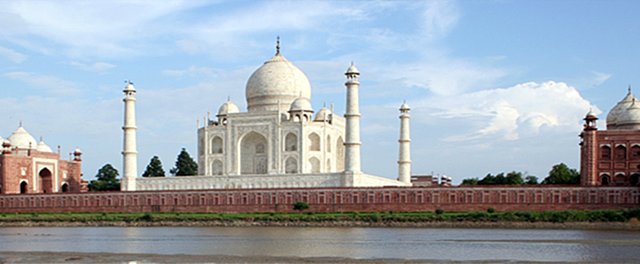
Taj Mahal
Previous Next
Brief History
The construction of this marble masterpiece is credited to the Mughal emperor Shah Jahan who erected this mausoleum in memory of his beloved wife, Arjumand Bano Begum, popularly known as Mumtaz Mahal, who died in A.H. 1040 (A.D. 1630). Her last wish to her husband was "to build a tomb in her memory such as the world had never seen before". Thus emperor Shah Jahan set about building this fairytale like marvel. The construction of Taj Mahal was started in A.D. 1632 and completed at the end of 1648 A.D. For seventeen years, twenty thousand workmen are said to be employed on it daily, for their accommodation a small town, named after the deceased empress-'Mumtazabad, now known as Taj Ganj, was built adjacent to it.
Sheer poetry in marble. Majesty and magnificence, unrivalled, the Taj Mahal is the only one of its kind across the world
Rabindra Nath Tagore defined Taj mahal as "a tear on the face of eternity" whereas to others, it is a tender elegy in marble" and the ultimate expression of love.
Taj Mahal is regarded as one of the eight wonders of the world, and some Western historians have noted that its architectural beauty has never been surpassed. The Taj is the most beautiful monument built by the Mughals, the Muslim rulers of India. Taj Mahal is built entirely of white marble. Its stunning architectural beauty is beyond adequate description, particularly at dawn and sunset. The Taj seems to glow in the light of the full moon. On a foggy morning, the visitors experience the Taj as if suspended when viewed from across the Jamuna River.
Shah Jahan had begun his reign by killing his brothers; but he had neglected to kill his sons, one of who was destined to overthrow him. In 1657 his son Aurangzeb led an insurrection from the Deccan. Aurangzeb defeated all the forces sent against him, captured his father, and imprisoned him in the Fort of Agra. For 9 bitter years the deposed emperor lingered there, never visited by his son, attended only by his faithful daughter Jahanara, and spending his days looking from the Jasmine Tower of his prison across the Jumuna to where his once-beloved Mumtaz lay in her jeweled tomb.
Taj Mahal (meaning Crown Palace) is a Mausoleum that houses the grave of queen Mumtaz Mahal at the lower chamber. The grave of Shah Jahan was added to it later. The queen’s real name was Arjumand Banu. In the tradition of the Mughals, important ladies of the royal family were given another name at their marriage or at some other significant event in their lives, and the public commonly used that new name. Shah Jahan's real name was Shahab-ud-din, and he was known as Prince Khurram before ascending to the throne in 1628.
The Taj stands on a raised, square platform (186 x 186 feet) with its four corners truncated, forming an unequal octagon. The architectural design uses the interlocking arabesque concept, in which each element stands on its own and perfectly integrates with the main structure. It uses the principles of self-replicating geometry and symmetry of architectural elements.
The mausoleum is a part of a vast complex comprising of a main gateway, an elaborate garden, a mosque (to the left), a guest house (to the right), and several other palatial buildings. The Taj is at the farthest end of this complex, with the river Jamuna behind it. The large garden contains four reflecting pools dividing it at the center. Each of these four sections is further subdivided into four sections and then each into yet another four sections. Like the Taj, the garden elements serve like Arabesque, standing on their own and also constituting the whole.
The main entrance, once guarded with solid silver gates, is a maze of marble embroidery; inlaid in the wall in jeweled script are qotations from the Koran, one of which invites the "pure in heart" to enter "the gardens of Paradise."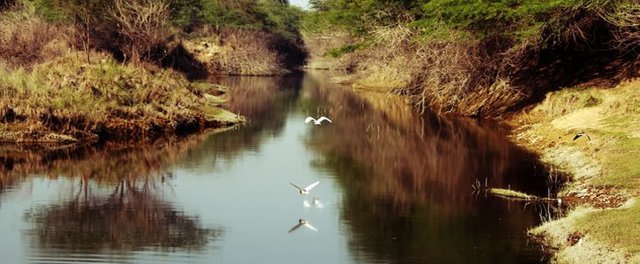 Soor Sarovar
Soor Sarovar
Soor Sarovar Wildlife Sanctuary lies in a sprawling 15-acre green expanse, 17 km from Agra District, Uttar Pradesh. Established in 1991, the sanctuary has an area of 4 sq km. Local and migratory birds, jackal, mongoose and hares roam the sanctuary.The Soor Sarovar wetland at Keetham, Agra, is 175 km from Delhi. It is a place of natural beauty. The place inspired poet Soordas to compose the "Bhakti Kavya", one of the finest pieces of devotional poetry everAdityv

Hon. Chief Minister
Sri Yogi Adityanath
Thanks fir visit
Plz vote

Congratulations @amarsingh8858! You have completed the following achievement on Steemit and have been rewarded with new badge(s) :
Click on the badge to view your Board of Honor.
If you no longer want to receive notifications, reply to this comment with the word
STOPDo not miss the last post from @steemitboard:
SteemitBoard World Cup Contest - Semi Finals - Day 1
Participate in the SteemitBoard World Cup Contest!
Collect World Cup badges and win free SBD
Support the Gold Sponsors of the contest: @good-karma and @lukestokes